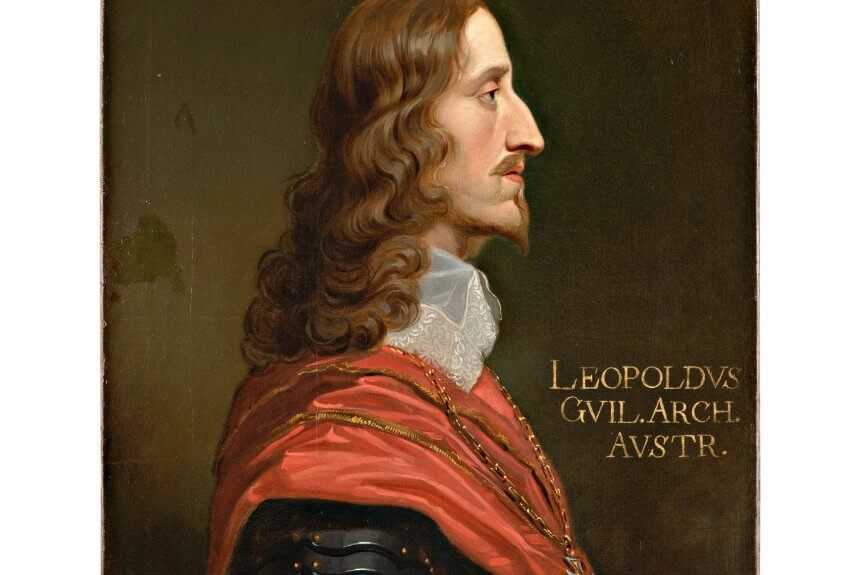

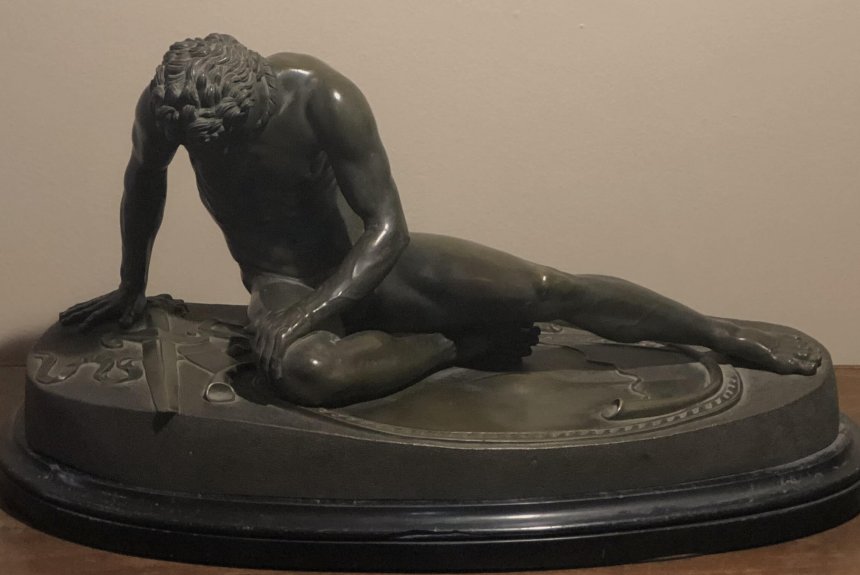
DYING GAUL. BRONZE, BEFORE 1864
The sculpture, which depicts a Celtic warrior slumped to the ground, is a small scale reproduction of the famous marble model from the Roman period on display at the Capitoline Museums, derived from a Hellenistic sculpture from the third century B.C., celebrating the...
DOUBLE GOURD VASE. CARVED LACQUER, FIRST HALF OF THE 19TH CENTURY
The vase is shaped like a gourd, narrowed in the middle to create a larger sphere at the base, on which a smaller sphere is superimposed. The gourd was used in Chinese tradition as a container for liquids. The body of the vase is coated with red lacquer in relief on a...
PAIR OF KRATERS. ZINC ALLOY, 1864
Location: Parterre. In the Park of Miramare, two large, finely decorated vases face each other at the centre of the parterre, which we know from documents were purchased by Maximilian of Habsburg in Berlin in 1864. Made of a zinc metal alloy by the H. Pohl & Comp....
TABLE PENDULUM CLOCK. GILT BRONZE, CASTING AND BURIN ENGRAVING, 19TH CENTURY
Location: Oriental sitting rooms This table pendulum clock in oriental style was originally placed in the atrium of the second floor of the castle, opposite the grand staircase, together with a group of porcelain of oriental origin, as documented by photographs taken...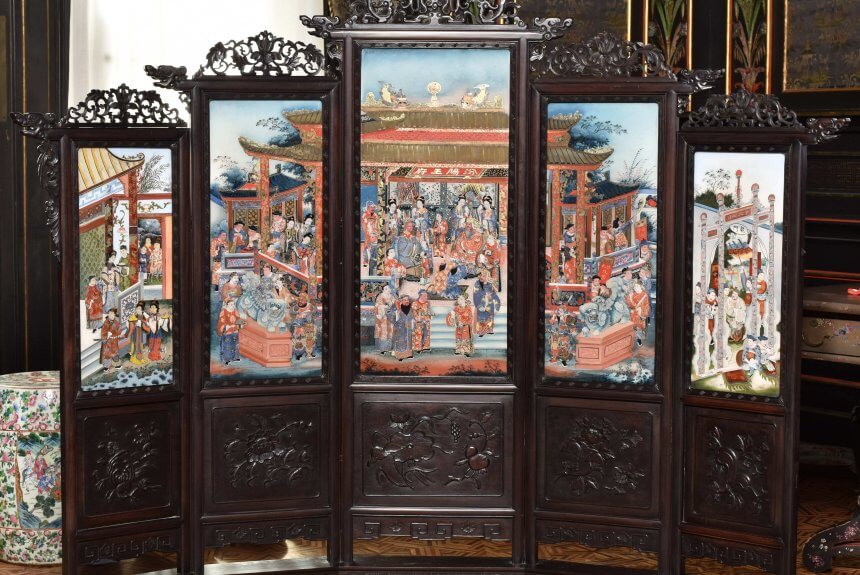

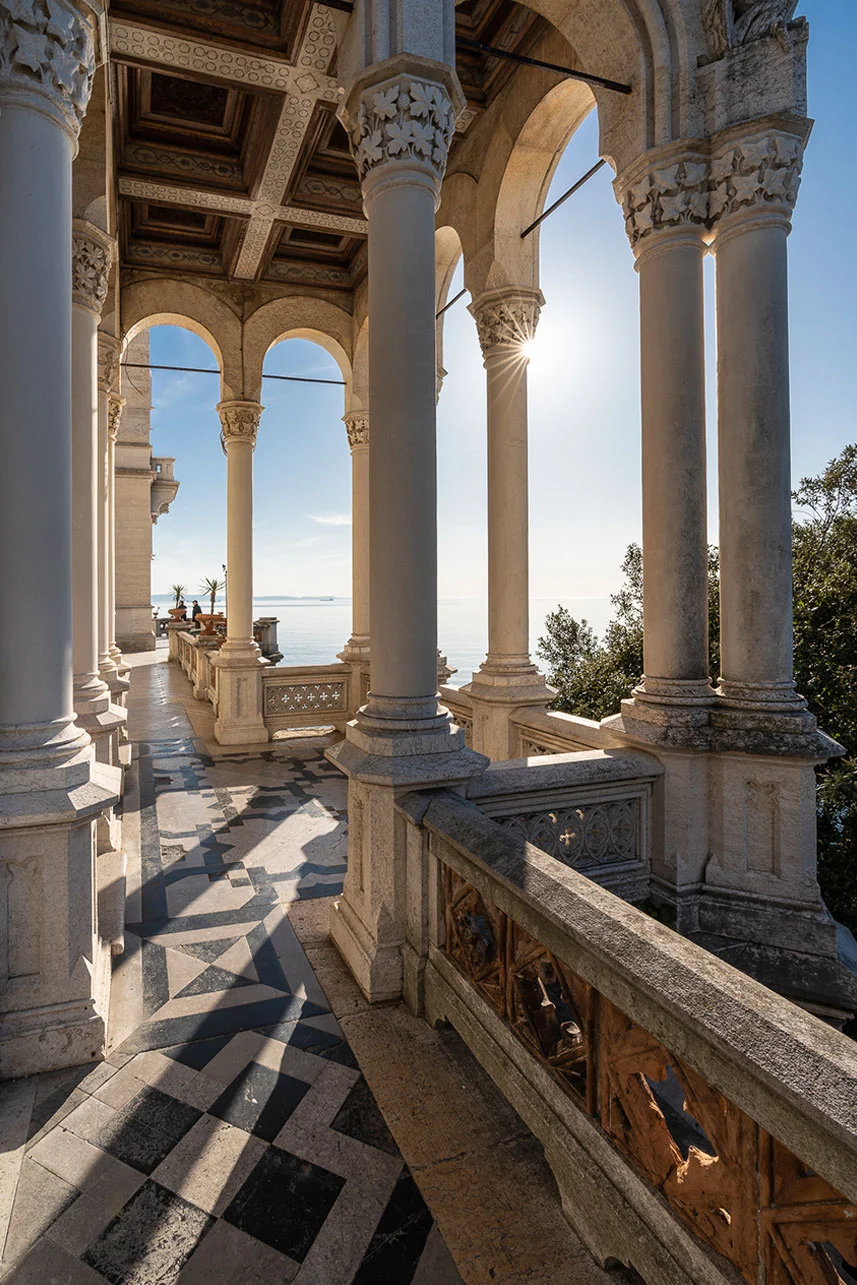
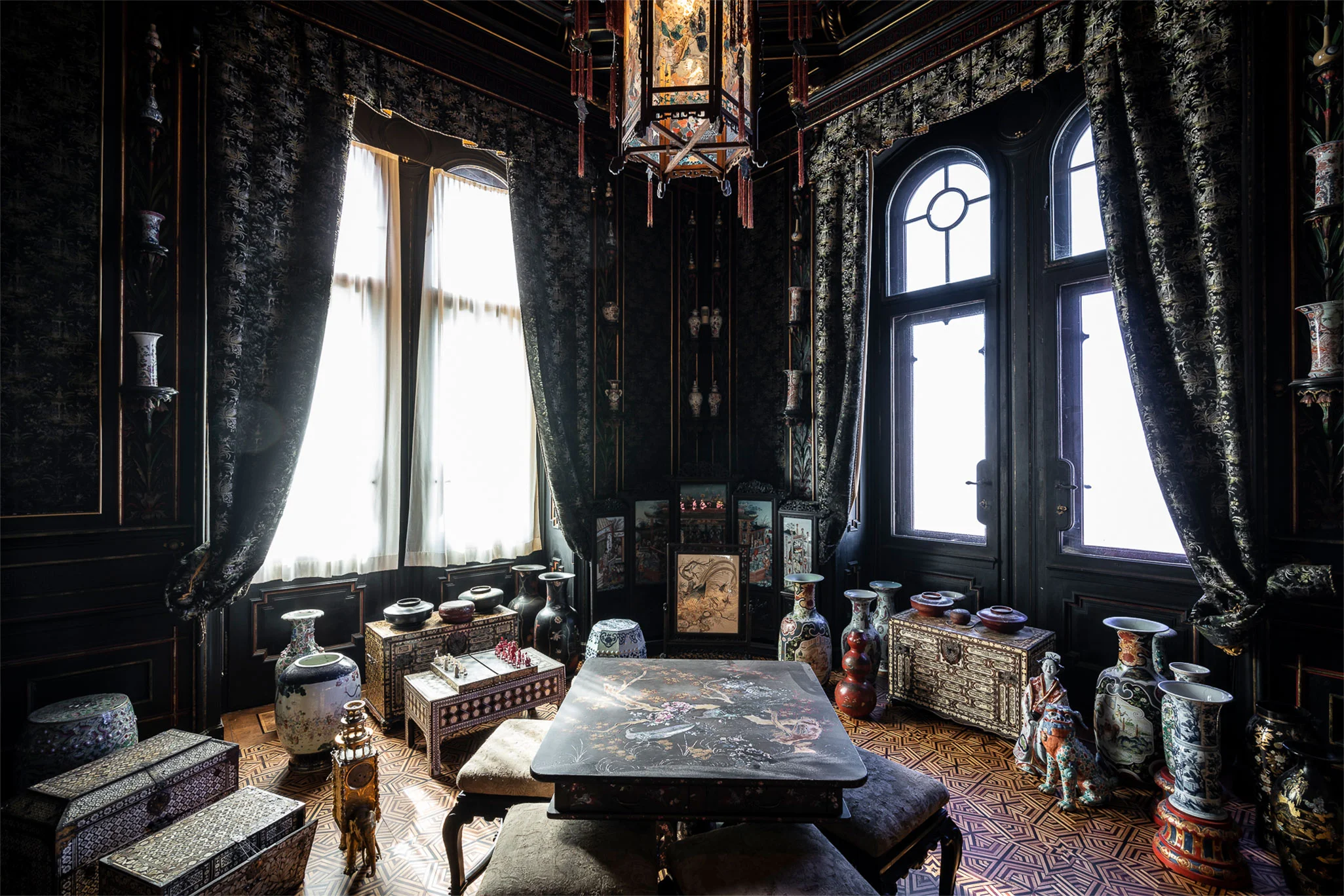
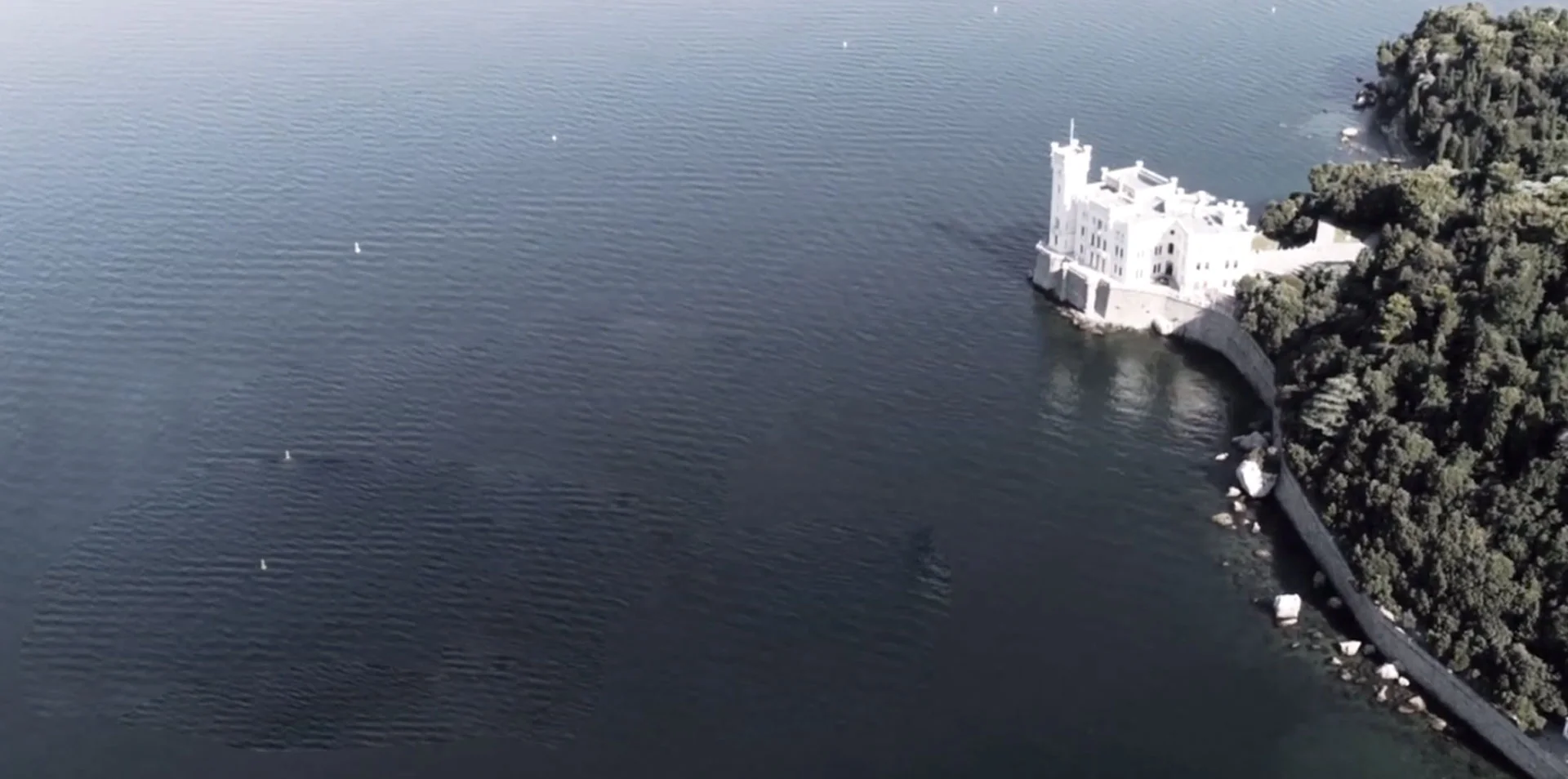
Recent Comments